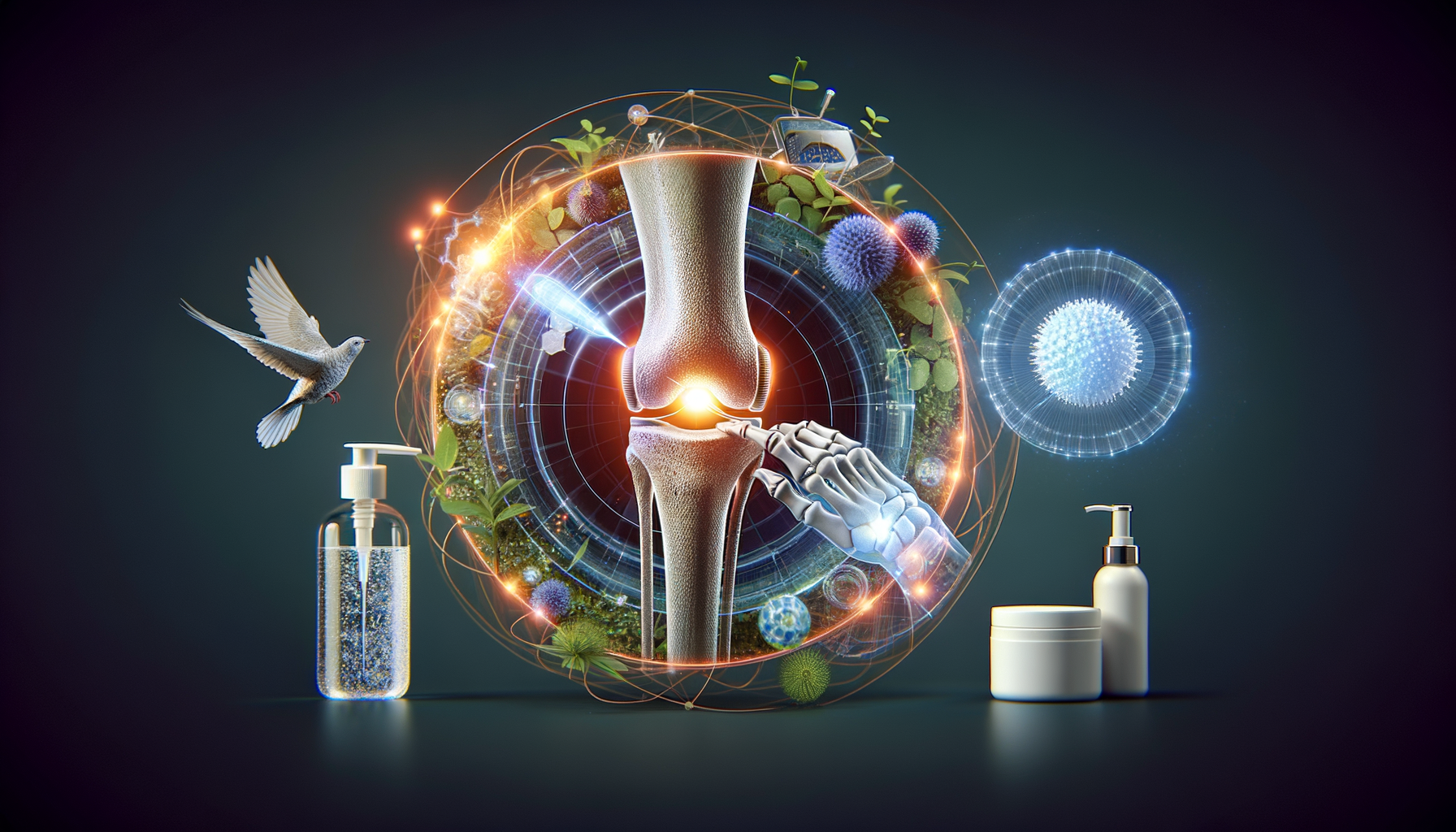Introduction to Knee Pain Relief
Knee pain is a common ailment affecting people of all ages, often resulting from injuries, arthritis, or overuse. It can significantly impact daily activities and overall quality of life. Understanding the available knee pain relief treatments is crucial for managing discomfort and improving mobility. This article explores various treatment options, offering insights into their effectiveness and suitability for different conditions.
Physical Therapy and Exercise
Physical therapy is a cornerstone in the management of knee pain. It focuses on strengthening the muscles around the knee, improving flexibility, and enhancing overall joint function. A tailored exercise regimen can help alleviate pain and prevent future injuries. Common exercises include:
- Quadriceps strengthening exercises
- Hamstring stretches
- Low-impact aerobic activities like swimming or cycling
Research shows that regular physical therapy can reduce knee pain and improve function, particularly in cases of osteoarthritis. It is essential to work with a trained physical therapist to ensure exercises are performed correctly and safely.
Medications and Supplements
For many individuals, medications play a vital role in knee pain relief. Over-the-counter pain relievers, such as acetaminophen or nonsteroidal anti-inflammatory drugs (NSAIDs), are commonly used to reduce inflammation and alleviate pain. In some cases, doctors may prescribe stronger medications.
Supplements like glucosamine and chondroitin sulfate have gained popularity for their potential to support joint health. While evidence on their effectiveness is mixed, some studies suggest they may help reduce pain and improve mobility in certain individuals. Consulting with a healthcare provider before starting any supplement is advisable.
Alternative Therapies
Alternative therapies offer additional options for those seeking knee pain relief. Acupuncture, an ancient Chinese practice, involves inserting thin needles into specific points on the body to alleviate pain. Some studies have shown that acupuncture can be effective in reducing knee pain, particularly in cases of osteoarthritis.
Another alternative therapy is chiropractic care, which focuses on aligning the body’s musculoskeletal structure to enable the body to heal itself. While more research is needed, some individuals report relief from knee pain after chiropractic adjustments.
Surgical Interventions
In cases where conservative treatments fail to provide relief, surgical interventions may be considered. Common surgical options include arthroscopy, partial knee replacement, and total knee replacement. These procedures can be highly effective in alleviating pain and restoring function, but they come with risks and require significant recovery time.
Arthroscopy involves using a small camera to diagnose and treat knee joint problems. It is less invasive than other surgeries and often results in quicker recovery. Partial knee replacement involves replacing only the damaged part of the knee, while total knee replacement involves replacing the entire joint. These surgeries are typically reserved for severe cases where other treatments have not been successful.
Conclusion: Choosing the Right Treatment
Choosing the right knee pain relief treatment depends on various factors, including the underlying cause of the pain, its severity, and the individual’s overall health. Consulting with healthcare professionals is crucial to developing a personalized treatment plan that addresses specific needs and goals.
Whether through physical therapy, medications, alternative therapies, or surgical interventions, effective knee pain management can significantly enhance quality of life, allowing individuals to return to their daily activities with less discomfort and greater ease.




Leave a Reply